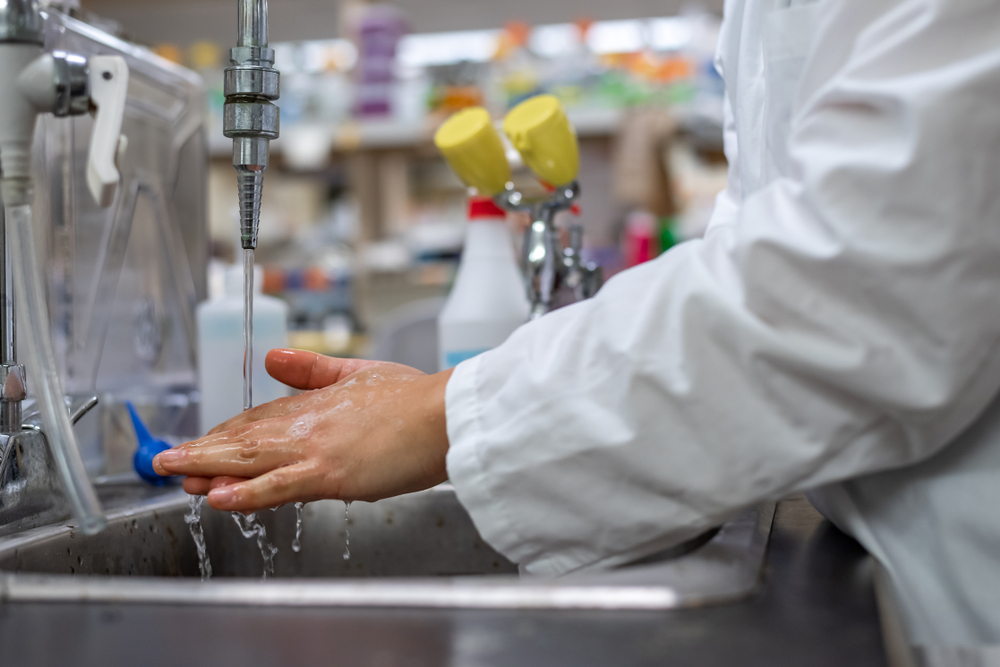In our previous two posts, we explored biosafety levels (BSL) 1 & 2. Labs that handle hazardous biological materials are each given biosafety ratings. These numbers, ranging from 1 to 4, indicate both the danger of the materials within and the precautions that must be taken by personnel. The higher the number, the more dangerous the lab.
In the past, we’ve broken down biosafety levels 1-4 and explored their general differences. However, in this post we’ll discuss biosafety labs with a rating of 3 – BSL-3 labs. Keep reading to find out more.
1. BSL-3 Lab Basics & Precautions
Like BSL-2 labs, BSL-3 labs employ all of the same precautions as the labs with lower ratings, plus more. Basically, BSL-3 labs differ from the previous two by containing microbes which can cause serious illness through inhalation. Therefore, workers must be much more diligent within these facilities.
Obviously, like BSL-2 labs, every worker must have thorough, complete training on the handling of these materials. The agents within a BSL-3 lab include airborne pathogens that cause illnesses like yellow fever, West Nile virus and tuberculosis. Often, these microbes are indigenous or exotic in nature. This is why every BSL-3 lab employs laminar airflow to prevent accidental inhalation.
Generally, the work within a BSL-3 lab is so dangerous that administrators must register the labs with government agencies. In addition, all workers must undergo constant medical surveillance during lab hours. Moreover, all work must be done with a biological safety cabinet (BSC). Lab supervisors must utilize professional disposal services when disposing of equipment no longer in use. Also, every BSL-3 lab must have a lab-specific safety manual. Basically, this manual must detail the specific safety procedures of the lab and how to handle emergencies.
2. Personal Protective Equipment (PPE)
Considering the dangers of working in a BSL-3 lab, naturally there are stringent PPE policies. Obviously, standard equipment like gloves are a must. In addition, workers must wear wrap-around gowns and in many cases, respirators. Face shields, scrub suits and coveralls are essential to safety, as well.
3. Facility Features
Unlike BSL labs 1 and 2, the facilities that house BSL-3 labs must have specific safety features in place. Basically, these features are in place to ensure absolute containment. First, the lab’s entrance must be far from high-traffic areas of the building. This is to ensure that only authorized personnel have access to the lab.
Additionally, each BSL-3 lab must be behind two sets of self-closing doors. This not only restricts access, but also prevents any rogue aerosols from escaping. Each BSL-3 lab’s construction is such that it can be easily decontaminated. You will never find any carpeting in a BSL-3 lab. Also, every seam or channel within floors, windows and ceilings are sealed. This permits proper sterilization within the lab.
Conclusion
At SEPS, our mission has always been to provide labs with clean and sterile equipment and environments. Our various accreditations and affiliations serve to illustrate our enduring commitment to keeping labs safe and healthy.
